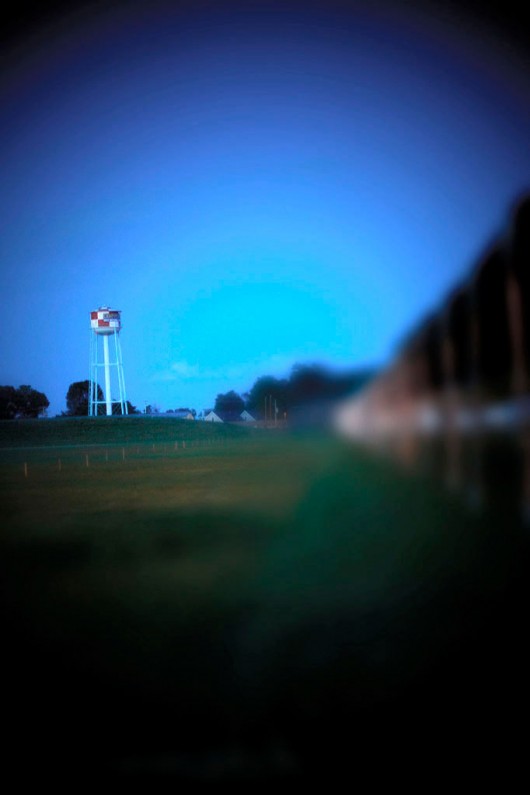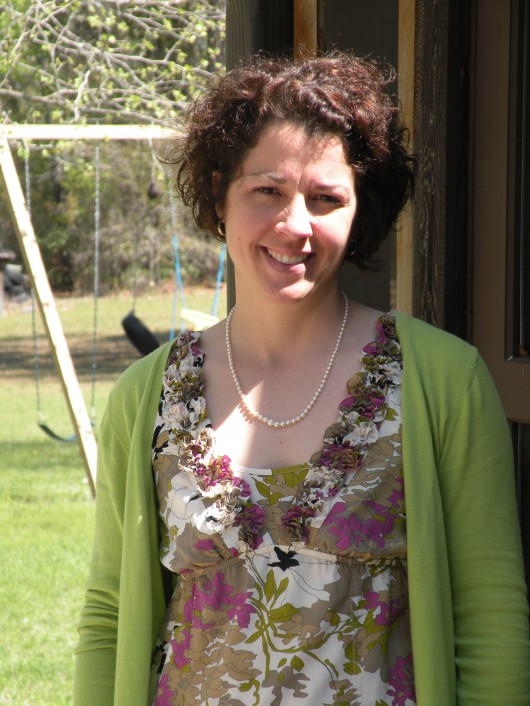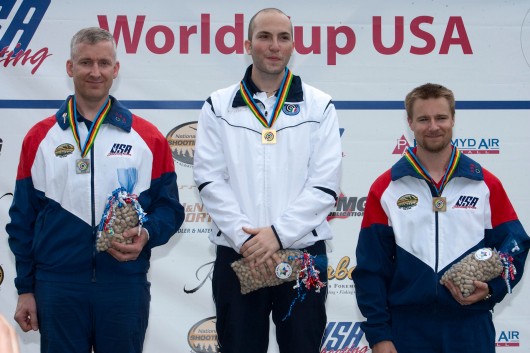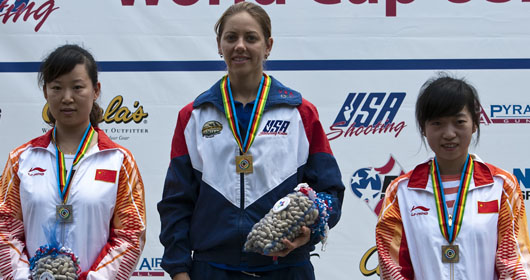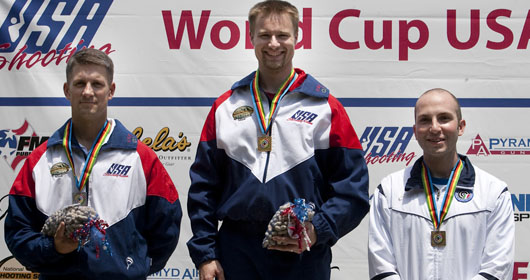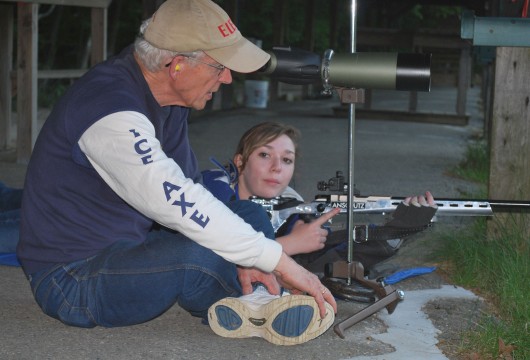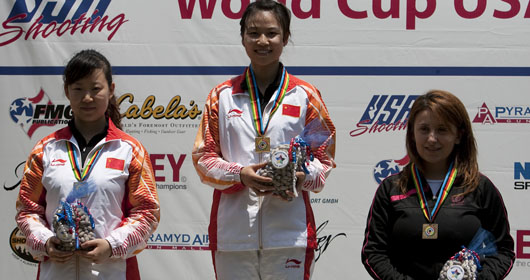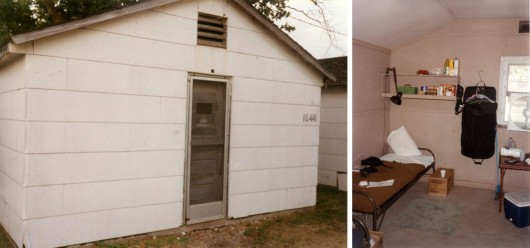Grasso Tech student’s aim is true
by Brian Hallenbeck
Publication: The Day. The original article can be viewed on The Day’s website here.

Shelby Burdick, who lives in Waterford CT, is the top senior in the Electrical Trade program at Ella T. Grasso Southeastern Technical High School and is an all-state rifle team member at the Groton school. She is shown on a job site in Waterford.
She went from never firing a rifle to top gun
Groton CT – When she went out for the Grasso Tech rifle team her freshman year, Shelby Burdick had never fired a gun, which isn’t terribly unusual.
Four years later, though, Burdick’s success as a shooter – and at virtually all the other things on which she’s drawn a bead at Grasso – is highly unusual.
“She’s accomplished more in her four years than any student I’ve ever seen,” says her rifle coach, Shawn Carpenter, who’s been teaching at Ella T. Grasso Southeastern Technical High School for 11 years.
The 18-year-old Burdick, who lives in Waterford with her mother, Tammy Bernacki, and sister Brandy Burdick, a Grasso junior, captained the rifle team the past two seasons, winning honorable mention on this year’s all-state squad.
She’s been president of the National Honor Society for two years, and placed first in the state in an extemporaneous-speaking competition. As a sophomore, she represented the school at the state’s Hugh O’Brian Youth Leadership Seminar. She’s taken advanced-placement physics and English courses and ranks No. 4 in her class, which graduates June 14. The only senior girl enrolled in Grasso’s electrical-technology shop, she earned the highest score in the class this spring on a standardized test measuring mastery of workplace skills.
So she can shoot out the lights, so to speak, or wire your house.
All the same, she plans to major in biology at Colby-Sawyer College in New London, N.H., where she nailed down early admission last fall and was awarded $20,000 worth of renewable, annual scholarships.
She wants to be a dentist – perhaps the first Grasso graduate to pursue such a career.
“Oh, she can do it,” says John Sylvestre, head of Grasso’s electrical department and a Burdick mentor. “I told her, ‘I’ll be your first patient.’ ”
Not that he’d say so, but Sylvestre might be a little disappointed that Shelby doesn’t plan to pursue her trade, one in which he believes she could make her mark.
“A lot of employers in the construction industry would love to hire a woman,” he says. “And she could hold her own.”
Burdick’s done a lot more than hold her own for a long time now, ever since her parents divorced early in her childhood. Her father left the picture for good when she was 8, leaving her mother to raise her and her sister.
“I always knew the value of a dollar, always had responsibilities,” she says. “I had to make sure my sister did her homework.”
The family moved around eastern Connecticut a lot, Burdick says, and she was always “the new kid” at a string of schools. Grasso turned out to be a good fit, as did the rifle team.
“I decided to take it up because it was co-ed,” she says. “I’ve always been a tomboy; never been afraid of getting dirty or hurt. … Rifle’s not so much a physical sport, but a mental sport. If you keep calm, relaxed, you’ll do fine. If you think you won’t do well, you won’t.”
She’s competed at National Rifle Association events at Camp Perry, Ohio, and plans to start a rifle club at Colby-Sawyer.
Shooting, then, like school itself, has provided Burdick with refuge from a home life she says has been chaotic at times.
“I like the atmosphere (surrounding riflery),” she says. “Even a rival is one of your best friends. … It’s about being precise – you’re thinking about nothing else except what’s going on in the moment.”
Burdick’s achievements are documented in a portfolio, which all Grasso students are required to maintain during their four years at the school. Her foot-thick binder documents her many successes and, according to Kerry Parker, the Grasso principal, reveals “the depth of her understanding” and her exceptional writing ability.
What’s the thing in that portfolio that Burdick’s most proud of?
“I’m proud of it all,” she says matter-of-factly. “I can’t think of another student who could say they’ve (accomplished) as much. … Sometimes I bite off more than I can chew – but I always finish it.”


